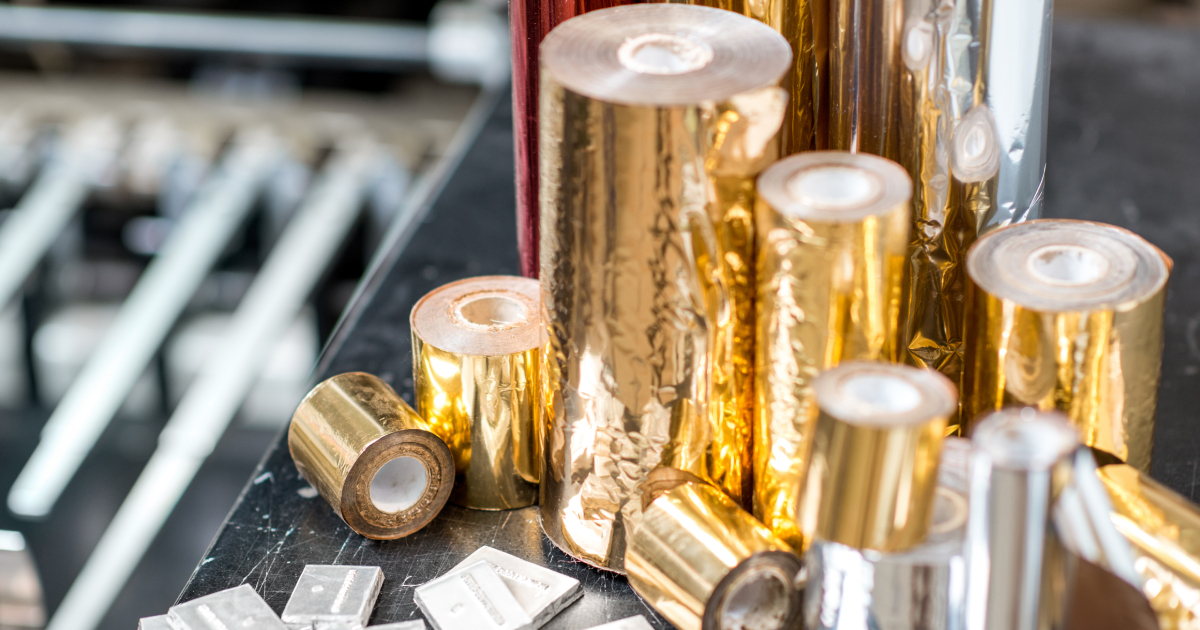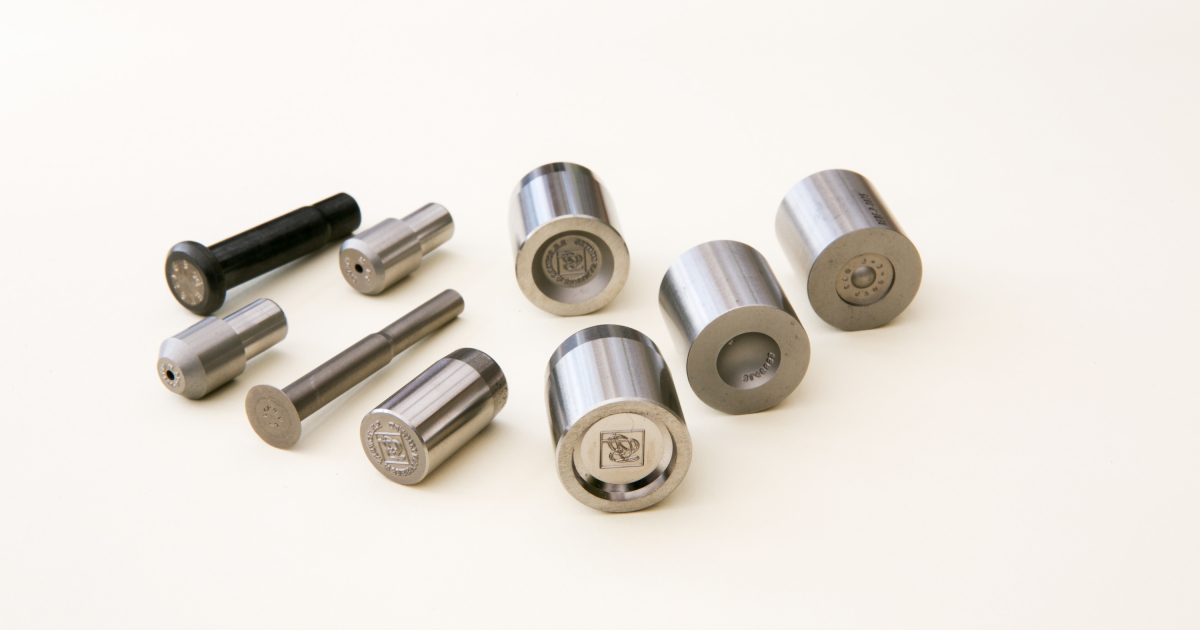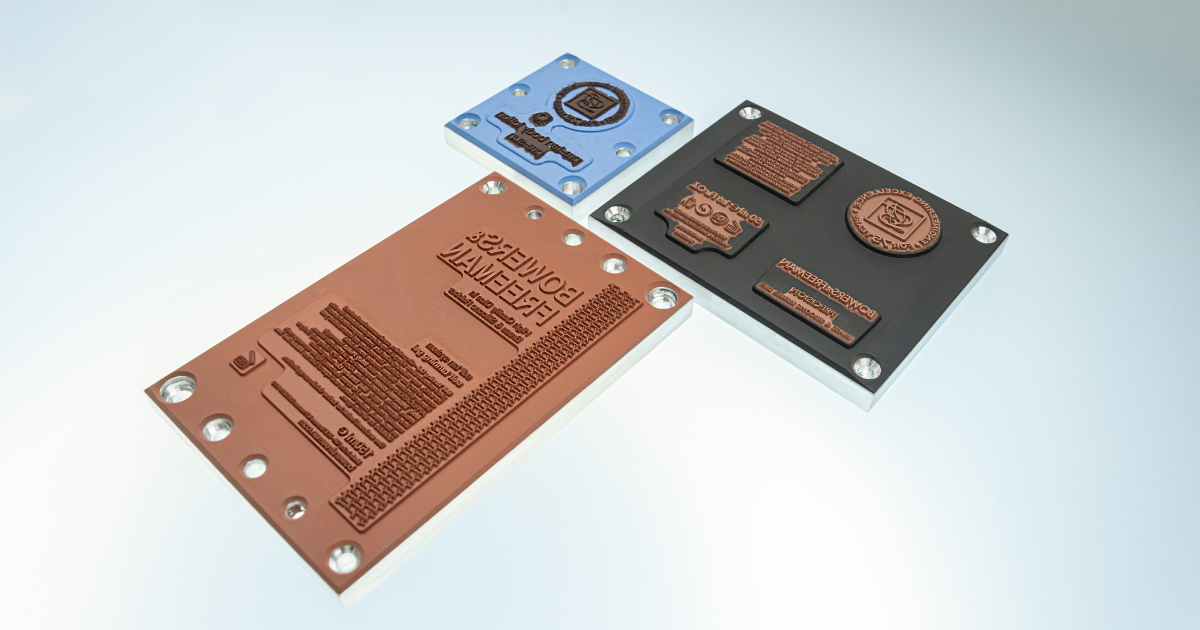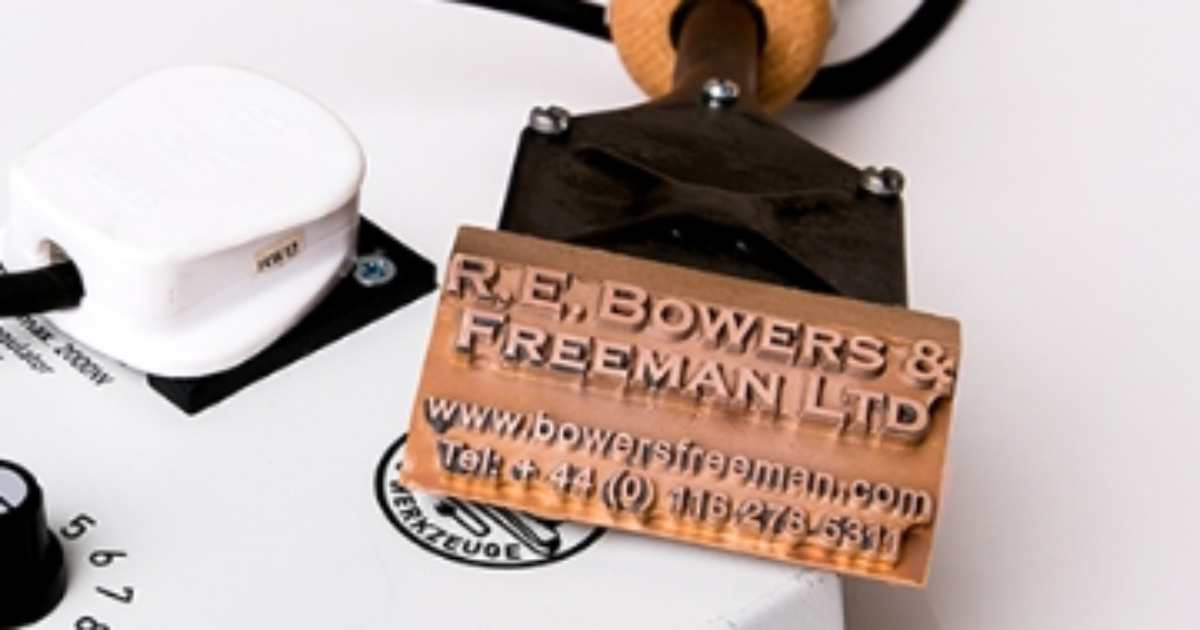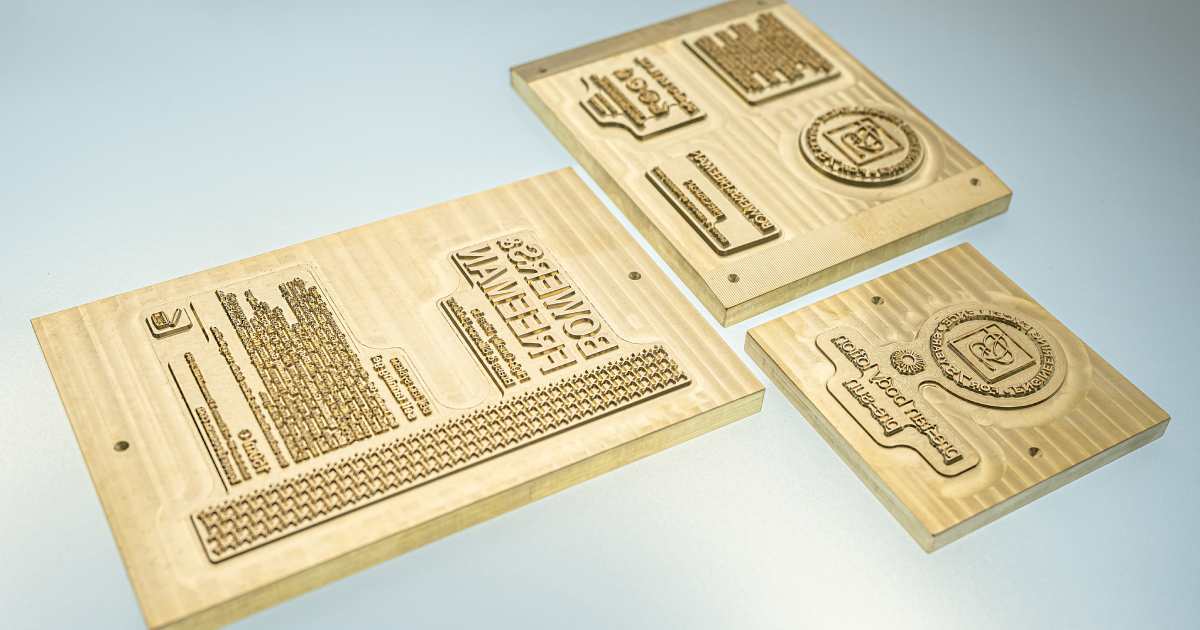When it comes to hot foil stamping, most people think of paper products like invitations, business cards, or packaging. However, the versatility of hot foil stamping extends beyond paper to other materials like plastic. Many businesses are now exploring the possibility of hot foil stamping on plastic components for a unique and eye-catching finish. One common question that arises is whether hot foil stamping can be done on plastic using silicone rubber dies. In this blog post, we will dive into this topic and explore the feasibility of hot foil stamping on plastic.
Understanding Hot Foil Stamping on Plastic
Hot foil stamping is a printing method that uses heat and pressure to apply metallic or pigmented foil onto various surfaces. When it comes to plastic, the process involves transferring the foil onto the plastic substrate using a heated die. The key component in this process is the die, which is responsible for transferring the foil onto the plastic surface accurately and uniformly. Traditionally, metal dies have been used for hot foil stamping on paper and cardboard. However, with advancements in technology, silicone rubber dies have emerged as a popular alternative for hot foil stamping on plastic.
Benefits of Using Silicone Rubber Dies for Hot Foil Stamping on Plastic
Silicone rubber dies offer several advantages when it comes to hot foil stamping on plastic components. Unlike metal dies, silicone rubber dies are flexible and can conform to irregular surfaces, making them ideal for printing on curved or contoured plastics. Additionally, silicone rubber dies provide excellent heat transfer properties, ensuring uniform foiling across the entire surface of the plastic component. The durability and longevity of silicone rubber dies also make them a cost-effective solution for businesses looking to achieve high-quality foiling results on plastic.
Challenges and Considerations
While silicone rubber hot foil stamping dies can be used on plastic offering many benefits, there are some challenges and considerations to keep in mind. One important factor is selecting the right type of silicone rubber formulation based on the specific requirements of the project. Different formulations offer varying levels of hardness and resistance to heat and abrasion, so choosing the appropriate formulation is crucial for achieving optimal results. Additionally, engineering modifications may be required to ensure precise print alignment and consistent foiling results.
Application Areas and Customisation Options
Hot foil stamping with silicone rubber dies opens up a world of possibilities when it comes to decorating plastic components. From adding branding elements to creating intricate designs or special effects, businesses can customise their products in unique ways using this technique. Silicone rubber-covered wheels and rollers are also available for applications that require continuous foiling or embossing processes. With innovative developments in silicone rubber technology, businesses can achieve outstanding visual and tactile effects on a wide range of plastics.
Elevate Your Products: Hot Foil Stamping Plastic with Silicone Rubber Dies
In conclusion, yes, you can hot foil stamp plastic using silicone rubber dies! This versatile printing technique offers businesses an opportunity to elevate their products with premium finishes and eye-catching designs on plastic components. By leveraging the expertise of companies like Bowers and Freeman where we specialise in creating the silicone rubber dies and sheets used for hot stamping, businesses can explore new creative possibilities in product decoration and customisation using hot foil stamping techniques tailored specifically for plastics.
Whether you’re looking to enhance your branding efforts or add decorative accents to your products, consider incorporating hot foil stamping with silicone rubber dies into your manufacturing process for stunning results that will captivate customers and set your products apart from the competition.
